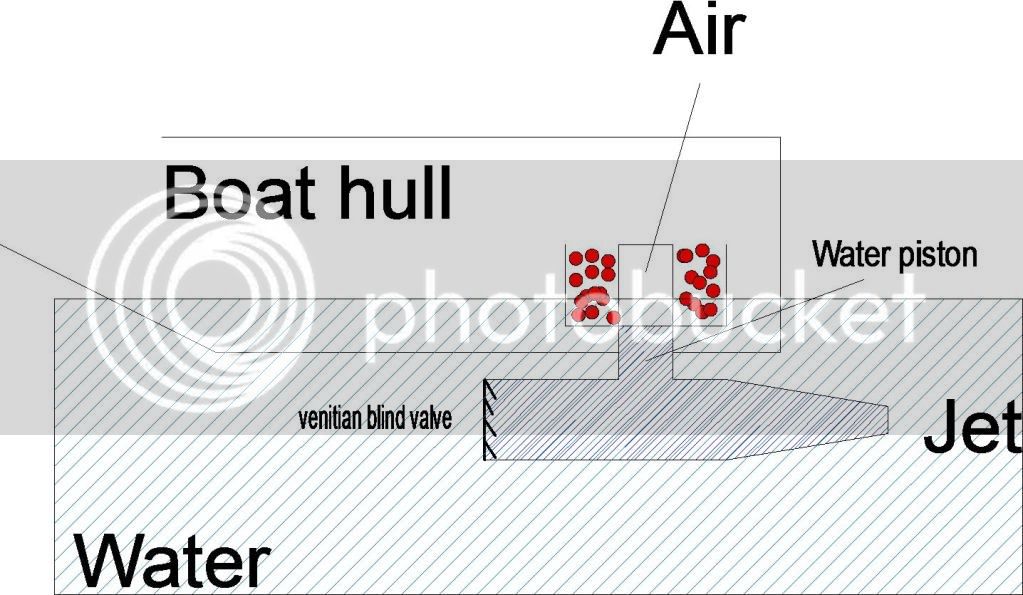K
Kermit
Guest
wobbler motor working at the base of a triangle support for a flywheel. Make the triangle plate larger and put the flywheel in the middle and add two more wobbler pistons and...










Kermit said:While reading about pumping engines I found something about a "compensator cylinder". They were attached in pairs to a cross head and would offer resistance to the power stroke as it began. The resistance then reversed and the cylinders offer an acceleration to the end of the power stroke. This was supposed to provide economy and was also spoken of as a flywheel replacement. One could use much less massive flywheels, making a motor lighter thereby providing more power to farmers who used mobile engine platforms(authors suppositions)
The cylinders are connected to a larger chamber and thereby offer a constant pressure. Compression does not take place as would be supposed by the drawing. The pressure in the large chamber being adjusted to whatever value was wanted to ensure smooth running under load. The air was communicated to the inside of the rotating spindle on which the cylinder was suspended no valving needed. A pressure of say 100 psi could be used first to resist the power stroke, then to assist the power stroke near its end.

ebtm3 said:...use a block that slides in the slot, with the pin "rotating' in the center- look inside a metal shaper- you will see this arrangement.
Herb Kephart

Kermit said:Does increasing the axial length of the bearing surface compensate for this effect or does the length of increase required to achieve stability render the bearing overly large?
Enter your email address to join: